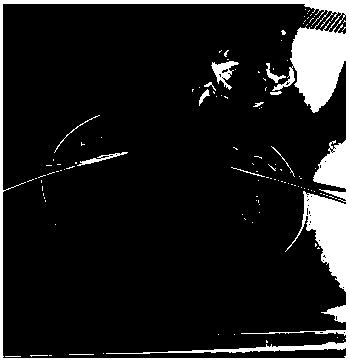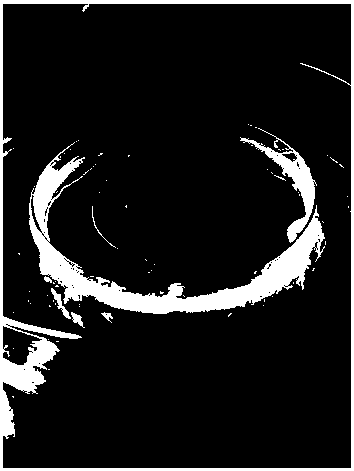A method for separating human amniotic epithelial cells
A technology for amnion epithelial cells and separation methods, which is applied in the direction of embryonic cells, animal cells, vertebrate cells, etc., can solve difficult problems such as amnion epithelial cells, and achieve industrialization, high differentiation potential, and high separation success rate Effect
- Summary
- Abstract
- Description
- Claims
- Application Information
AI Technical Summary
Problems solved by technology
Method used
Image
Examples
Embodiment Construction
[0026] The present invention will be further described below in conjunction with the pictures.
[0027] The separation method of described a kind of human amniotic membrane epithelial cell, comprises the following steps:
[0028] The first step is to collect and transport the placenta. First, put the collected fresh placenta into a sterile plastic bag filled with 0.9% mass concentration saline, seal it and put it into a protective box; ~8°C transport box, and transported to the cell separation room within 12 hours; this process ensures the freshness of placental tissue and the activity of amniotic epithelial cells, providing quality assurance for the subsequent isolation and culture.
[0029] In the second step, the amniotic membrane is torn out, and the cell separation personnel place the received fresh placenta in the disc, first wash the surface of the fresh placenta with normal saline, and then completely tear off the amniotic membrane from the fresh placenta (see figure ...
PUM
 Login to View More
Login to View More Abstract
Description
Claims
Application Information
 Login to View More
Login to View More - R&D
- Intellectual Property
- Life Sciences
- Materials
- Tech Scout
- Unparalleled Data Quality
- Higher Quality Content
- 60% Fewer Hallucinations
Browse by: Latest US Patents, China's latest patents, Technical Efficacy Thesaurus, Application Domain, Technology Topic, Popular Technical Reports.
© 2025 PatSnap. All rights reserved.Legal|Privacy policy|Modern Slavery Act Transparency Statement|Sitemap|About US| Contact US: help@patsnap.com



